By Veronica Morley
Features Editor
On Friday, Sept. 29, CSU Bakersfield experienced its first ever Saudi Arabia National Day. Hosted by the Saudi Student Association, it is a holiday similar to America’s 4th of July. From 11 a.m. to 3 p.m., Saudi students invited all to come and enjoy national music, Arabic food, Henna, dance, and Arabic coffee and tea.
“We encourage all students to come and learn about Saudi culture. We are giving roses to show sign of welcome. Yesterday we sent 200 roses for the campus and today we are handing out more,” said Abdulrahman Alanazi, head of the Saudi Student Association on campus.
Among the various Arabic dishes, rice chicken, lamb, and falafel, they also offered dates, the most traditional Arabic food. Dates are usually found on palm trees and often served with Arabic coffee.
Arabic coffee tends to taste stronger and is often made to include different spices, such as ginger. It is also higher on your list of quality and caffeine. The coffee is traditionally made in a delalh, a gold or brass coffee pot. The delalh typically had an hourglass shape to it with a long nosed spout.
The delalh sat atop a table, covered by the Saudi flag, along with an egyptian tablet, a wooden elephant carving, and a wooden Sphinx figurine. The wooden elephant represented a rich history of elephants and Saudi culture. The Sphinx is historical to Saudi culture as Abu al-Hol, or Father of Terror, who believed himself a god. The flag was green with a white Arabic inscription and sword. The inscription on the flag is the Islamic creed, or shahada.
“It is the shahada and that means ‘There is no god but God: Muhammad is the Messenger of God.’ Muhammad is our prophet and we have only one God and his name is Allah,” said Raed Bin Aneeq, another member of the Saudi Student Association.
The group began the event by singing the Saudi National Anthem. The anthem was officially adopted in 1950 with lyrics added 1984. They also had traditional Saudi instruments such as the Oud, a short-neck pear-shaped stringed instrument. They gathered under a tent with colorfully designed blankets and pillows. The tent was also draped with multiple Saudi flags.
There was also a Henna station. Henna is a dye that is used to create temporary tattoos. In Saudi culture, the henna tattoos often take the design of an abstract flower and are used in celebrations and weddings.
Along with the national day, the group also celebrates two other holidays: Eid-al-Adha and Eid-al-Fitr which marks the end of Ramadan.
“Ramadan is when we fast everyday from dawn to sunset for 30 days. It shows our commitment to God and our faith,” said Abdulelah Alruwaili, another member of the Saudi Student Association.
“Eid-al-Fitr is the first day of the Islamic month and the end of Ramadan. Eid-al-Adha is after people go on the Mecca pilgrimage,” said Alanazi.
Saudi Arabia National Day celebrates Sept. 23, 1932, when King Abdulaziz unified the country as a kingdom. It did not become a public holiday until 2007. It was the late King Abdullah bin Abdulaziz, in 2005, that announce the 75th National Day would mark the annual celebration of the holiday.



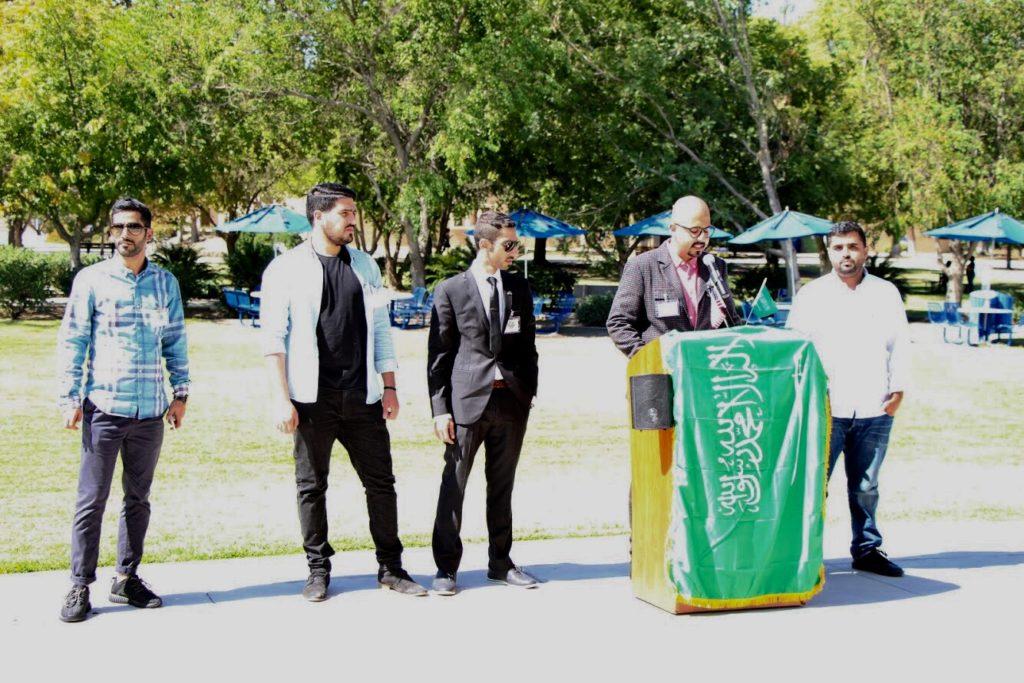
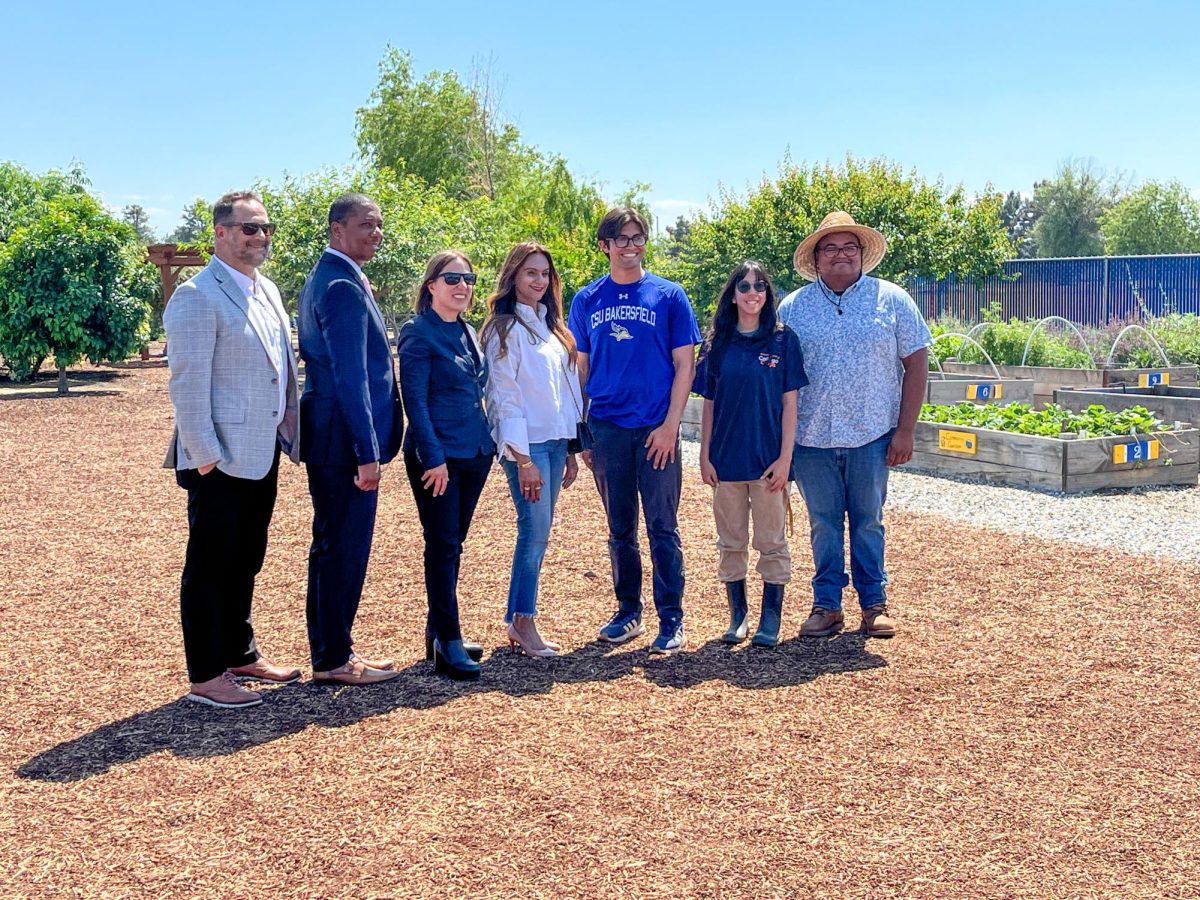

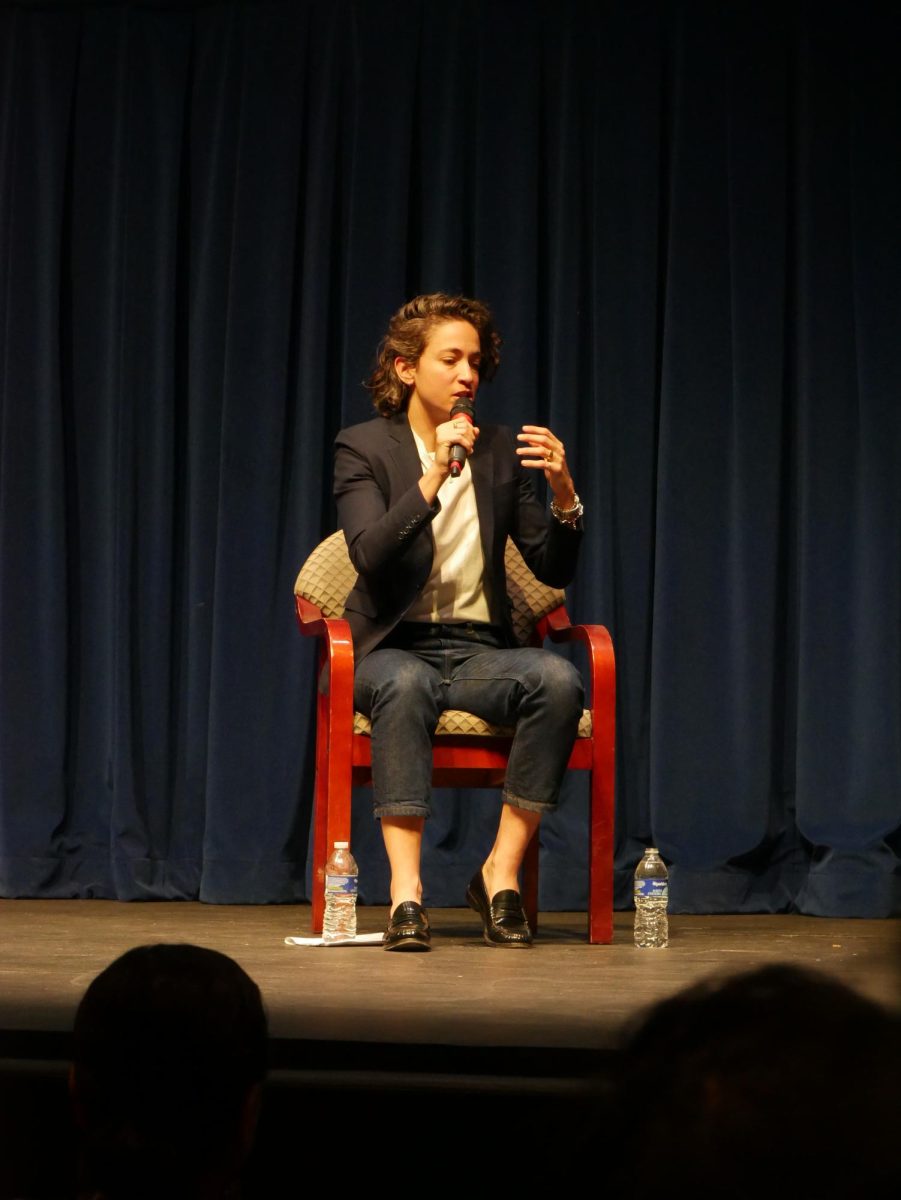
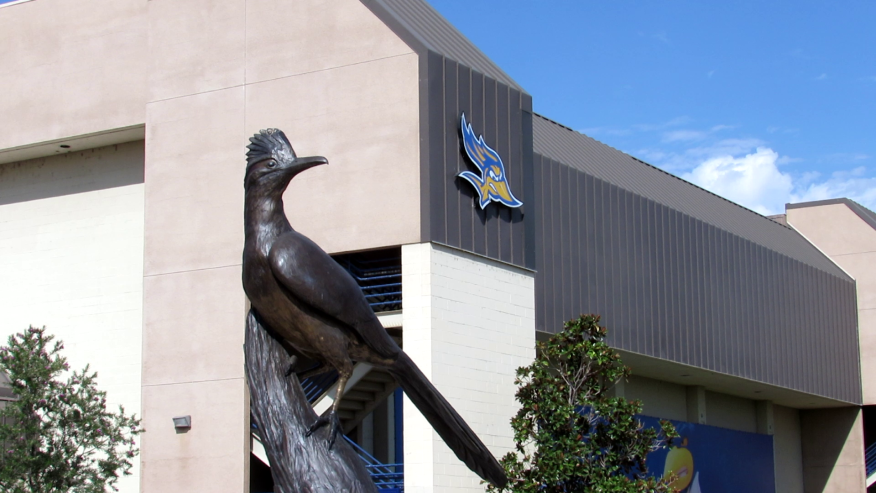
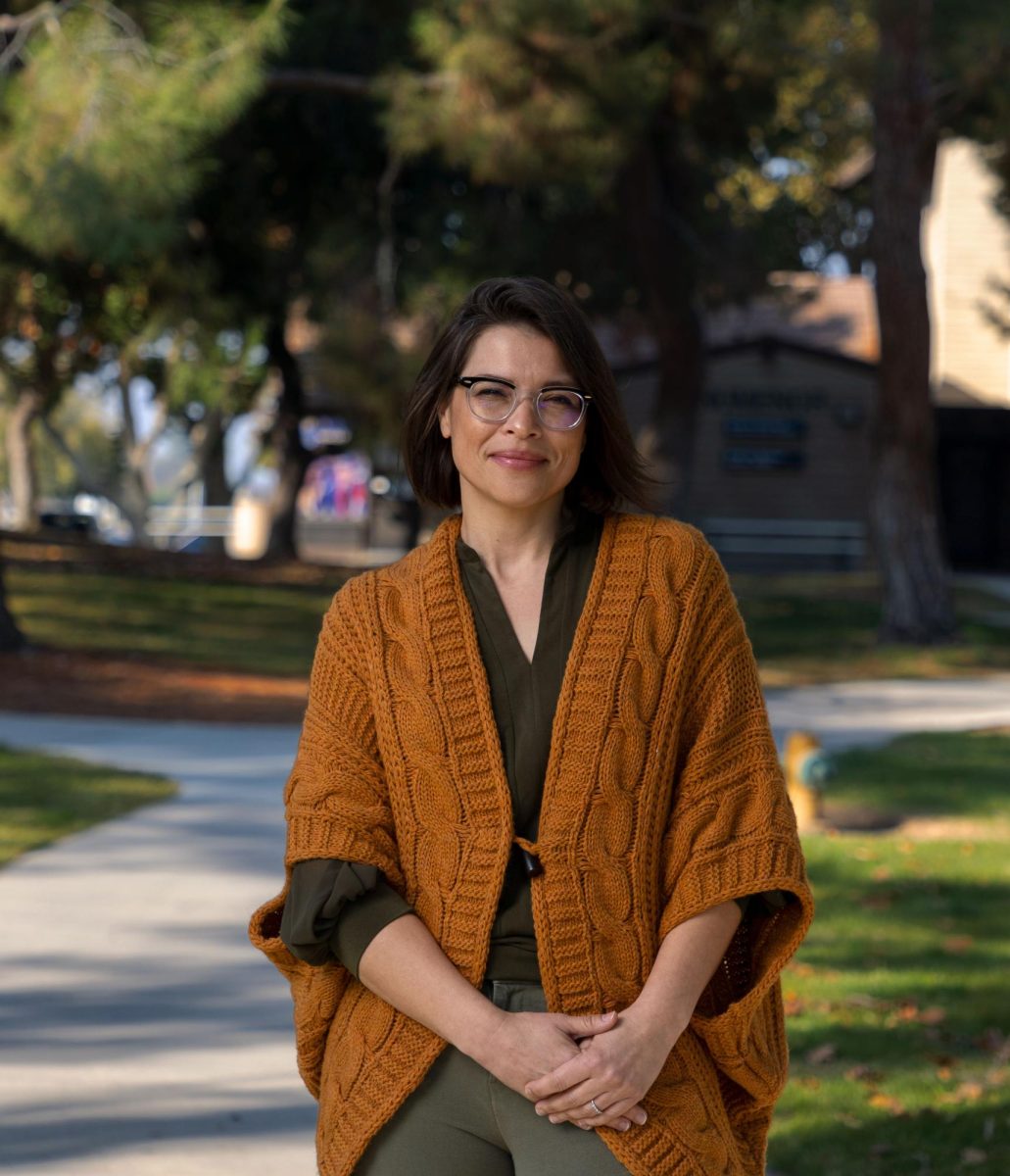

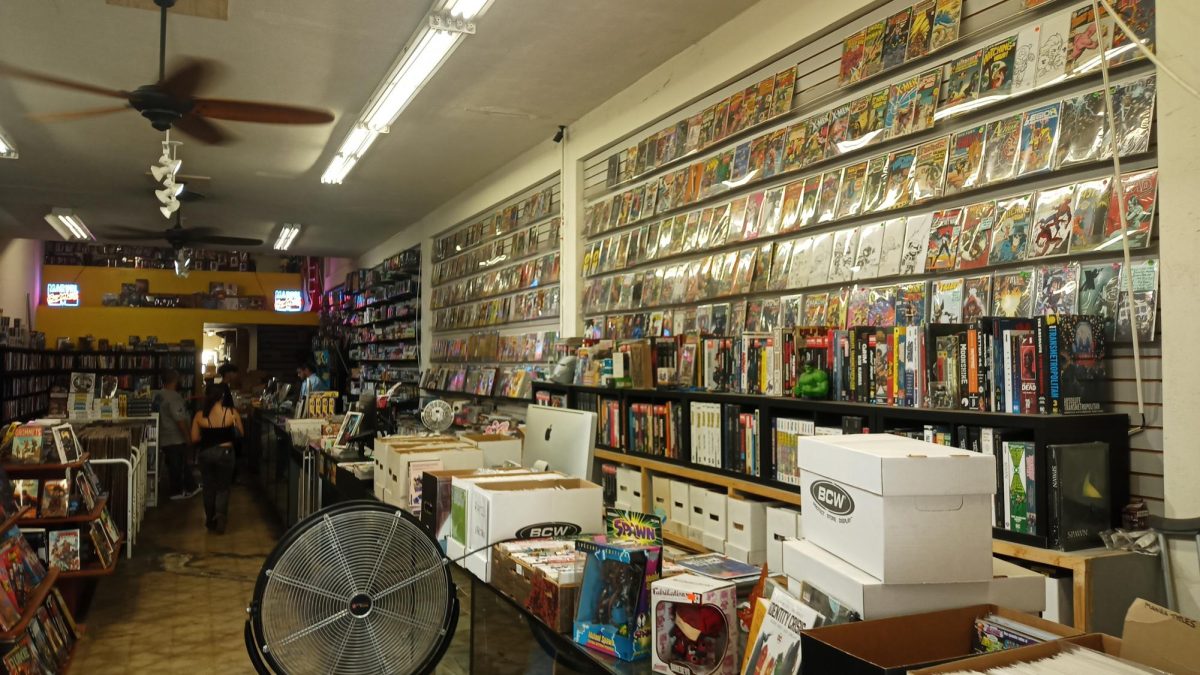
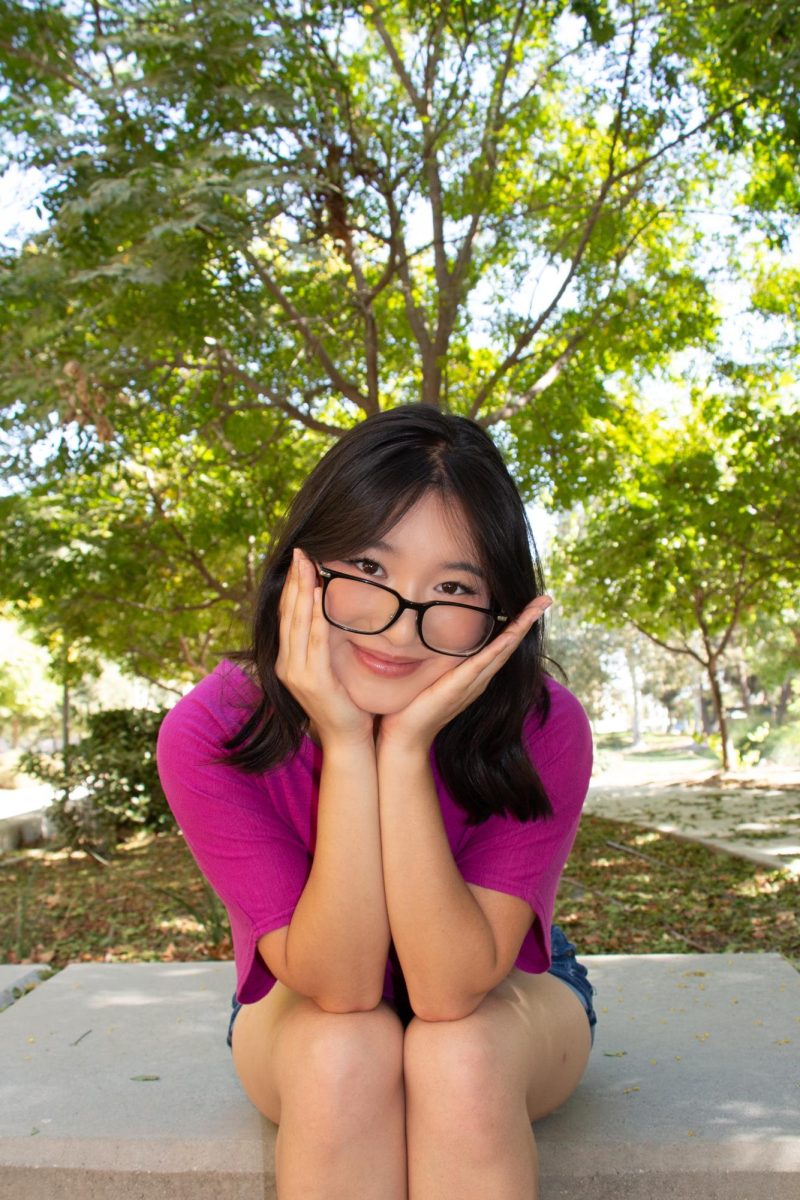


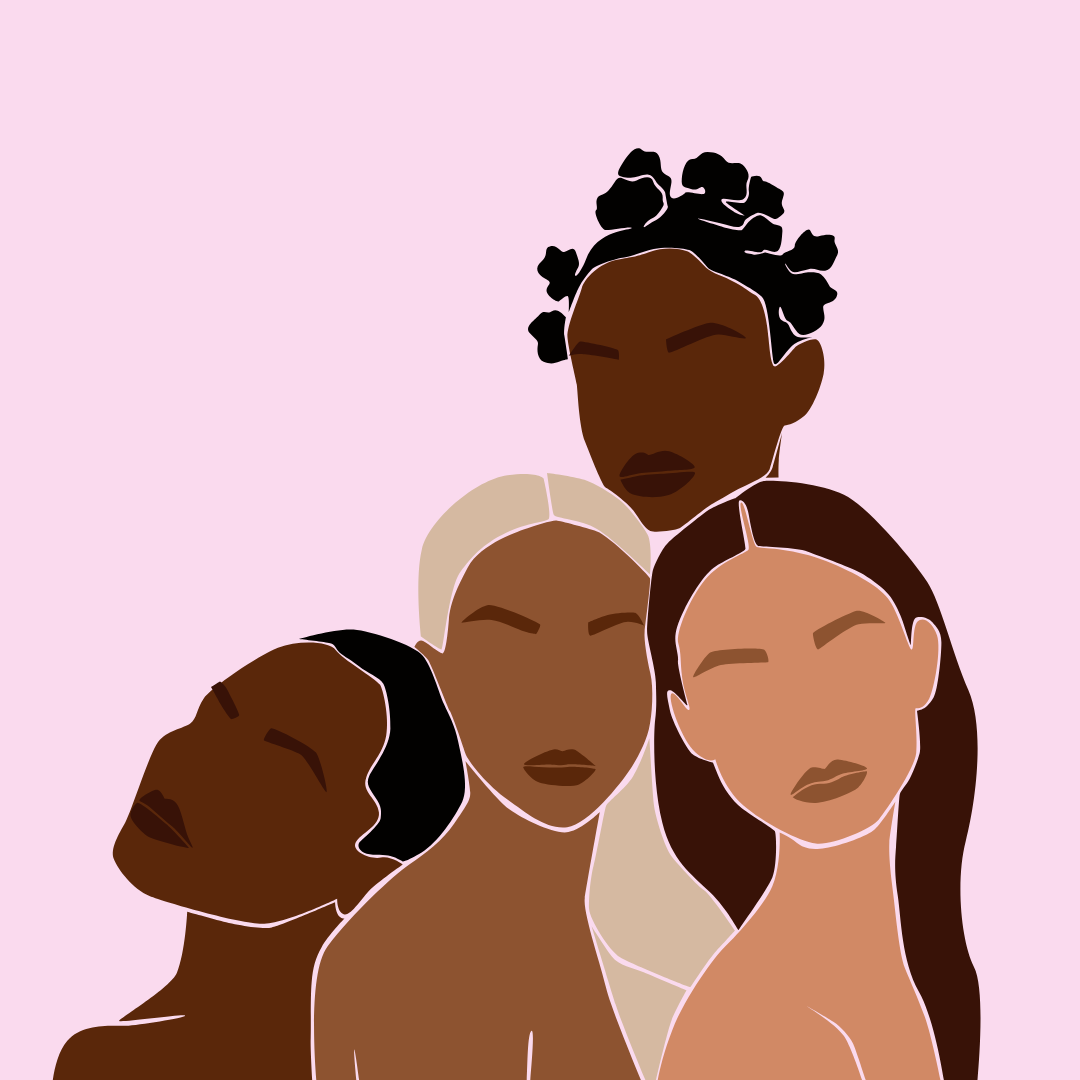
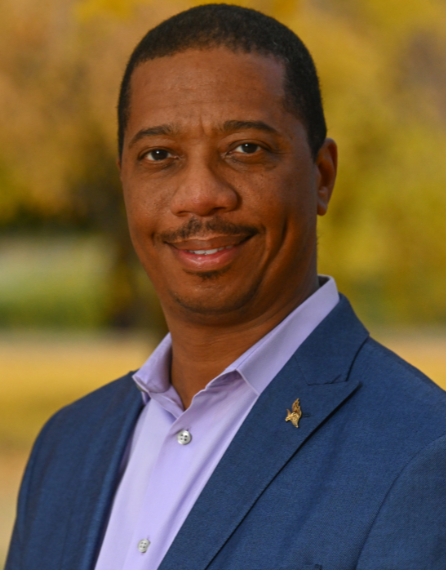
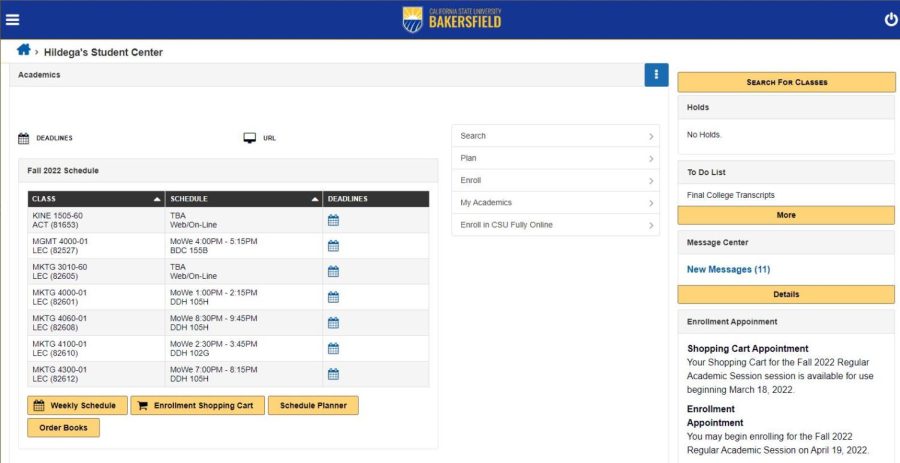
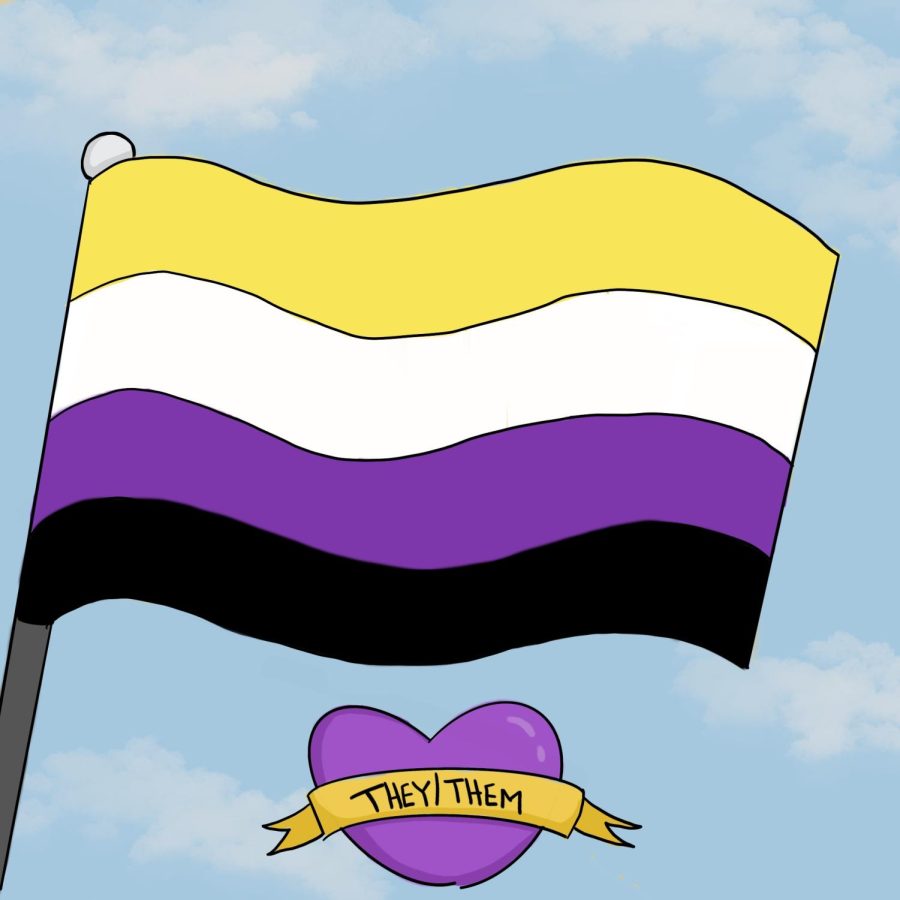
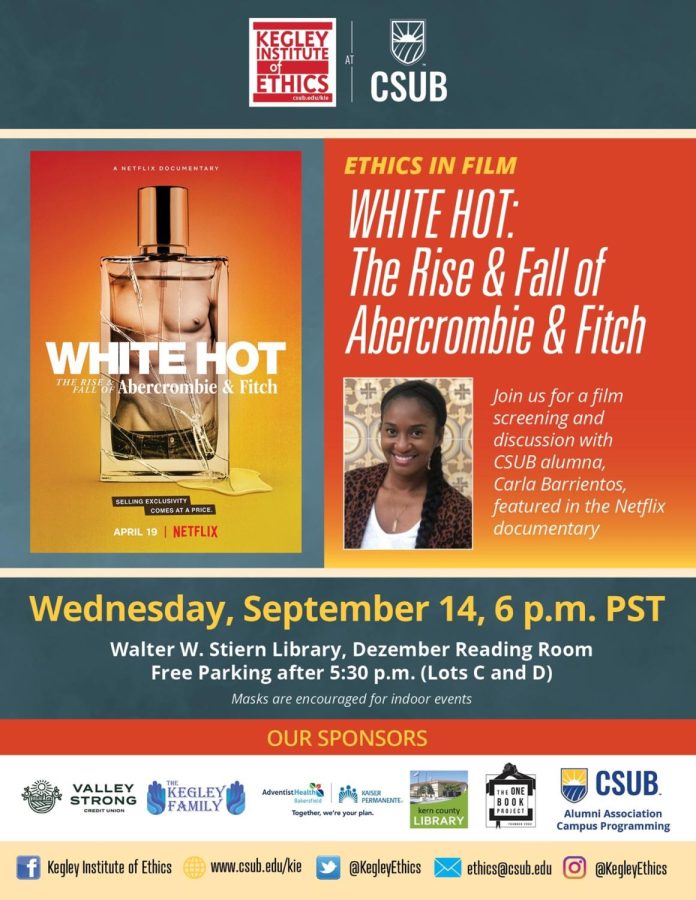
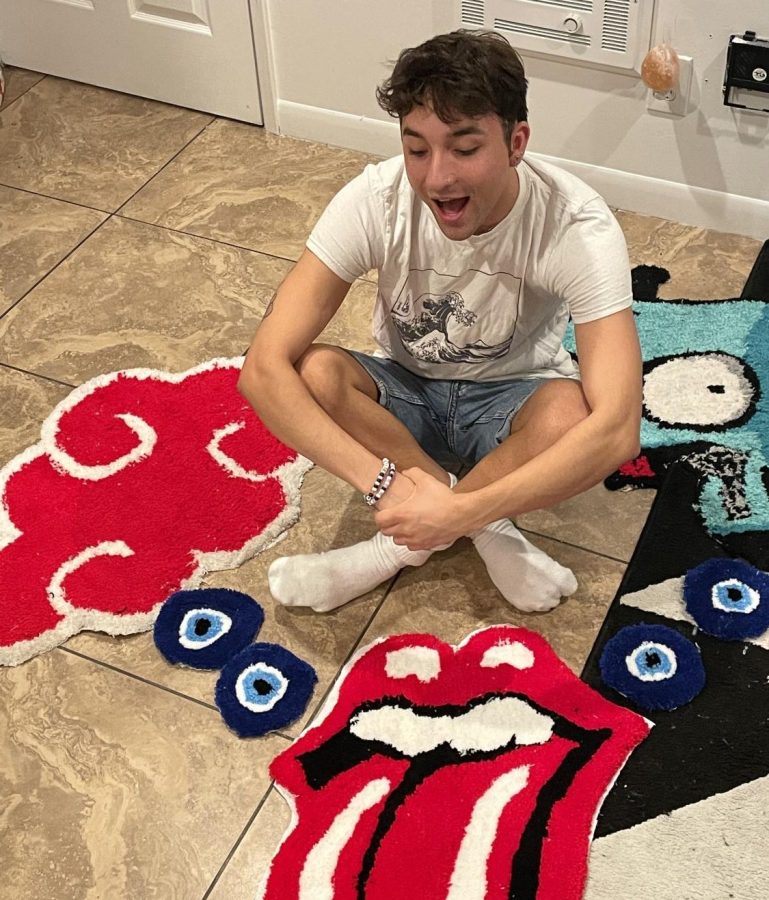
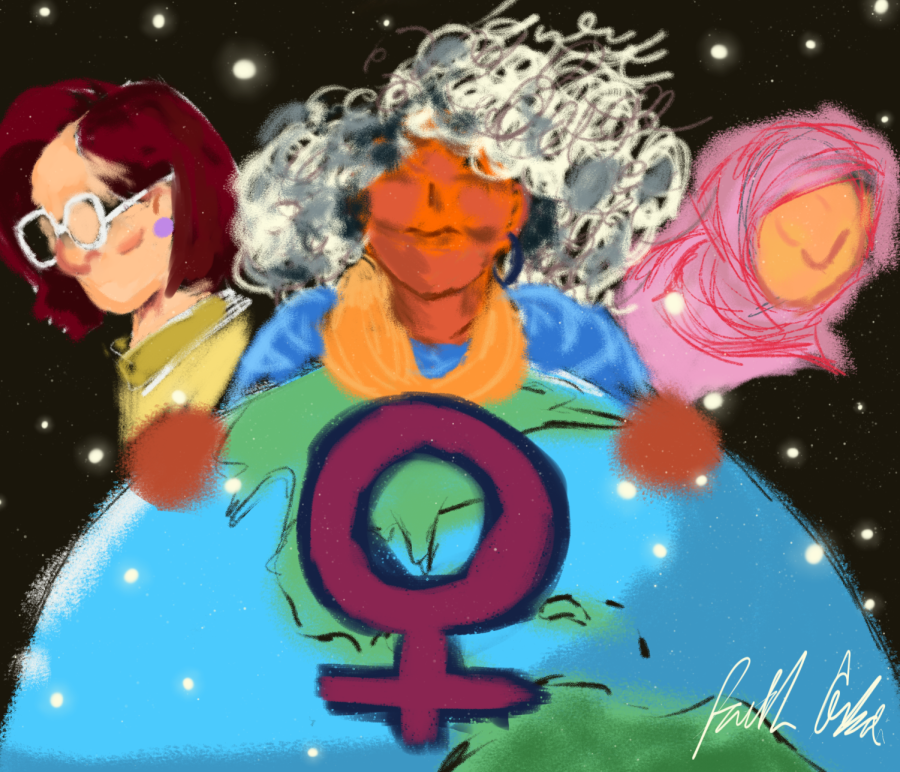
Martha Elias • Oct 1, 2017 at 7:42 am
I wish I had known!!!! Arabs are our “cousins” via Spain (remember the Moors?) -I’m from Mexico. Great article!